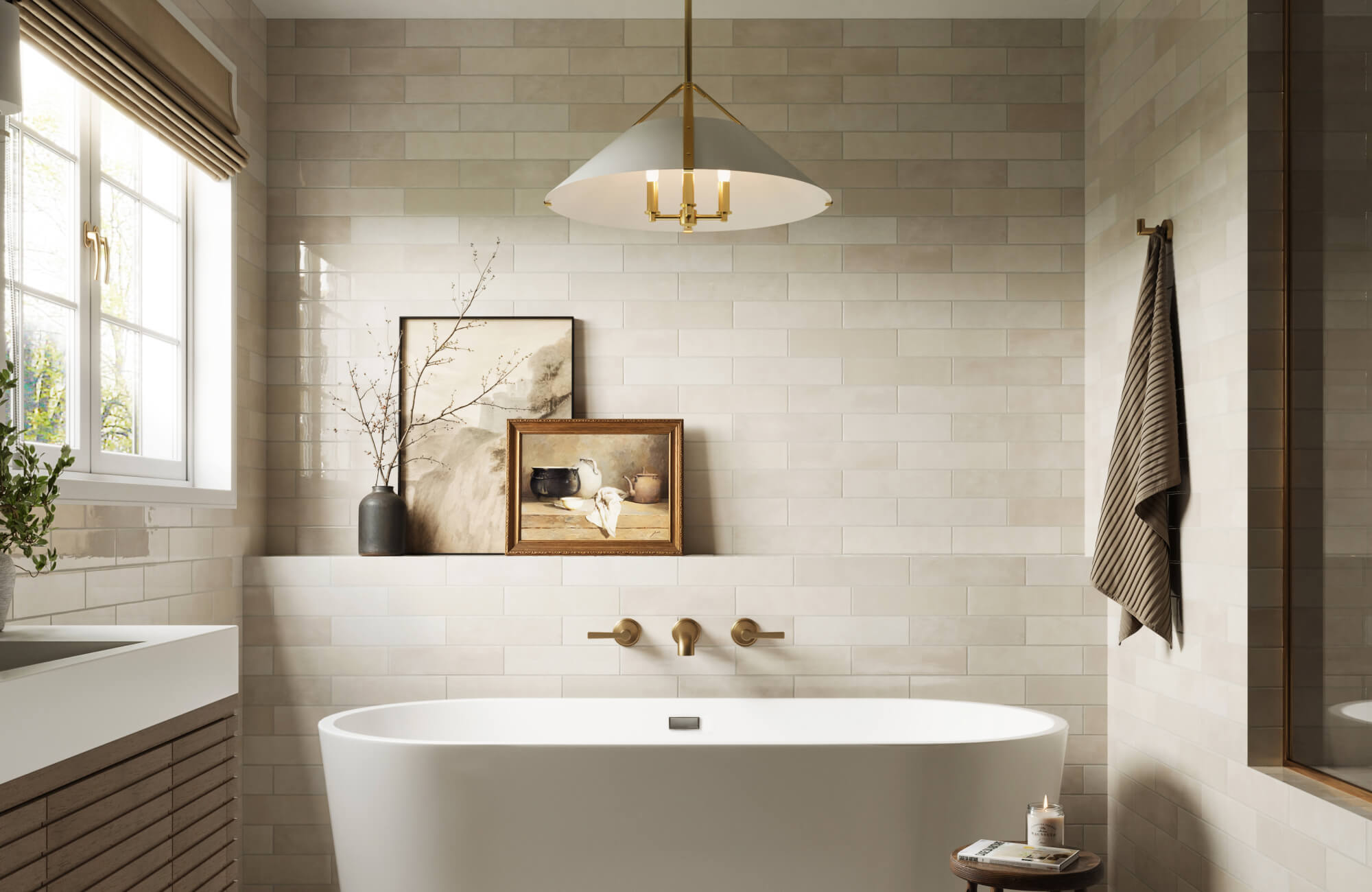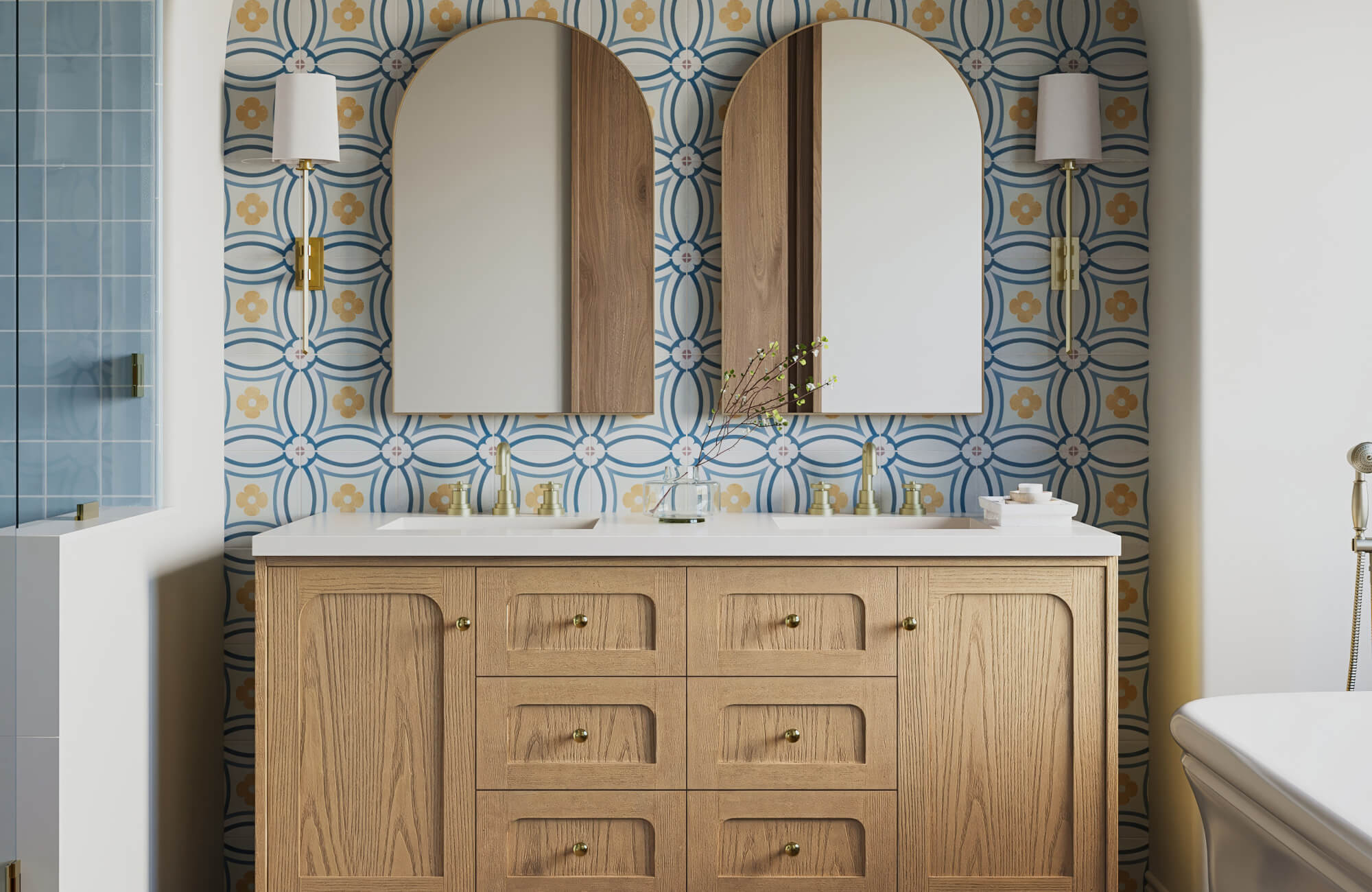Lighting is far more than a simple utility—it is a design element that defines how we experience and interact with spaces. In both residential and commercial settings, lighting helps create ambiance, enhances functionality, and expresses aesthetic values. Whether it's the cozy glow of a bedside lamp or the bright, clinical lighting in a hospital, the type of lighting used is chosen with purpose and intent.
Modern lighting options span a broad spectrum—from natural sunlight streaming through windows to advanced LED systems integrated with smart technology. These choices impact mood, energy use, productivity, and even well-being. This article examines the most commonly used types of lighting from multiple perspectives: technical specifications, practical applications, historical influence, and environmental considerations. By exploring these diverse dimensions, we’ll uncover how lighting not only illuminates our surroundings but also influences how we live, work, and feel within them.

The Incandescent Legacy
Before the LED revolution, incandescent bulbs were the dominant source of artificial lighting. Commercialized by Thomas Edison in 1879, the incandescent bulb worked by heating a tungsten filament until it glowed, emitting light. This technology was simple and reliable, making it a household staple for decades.
The warm color temperature (around 2700K) of incandescent bulbs offered a cozy, inviting feel and excellent color rendering. However, they were also energy-intensive and short-lived compared to modern options. While now largely replaced, incandescent lighting laid the foundation for today’s understanding of light quality and design, and its legacy remains in the stylistic preferences of many interior designs.
The Fundamentals of Lighting
Understanding light is essential for effective illumination. This involves differentiating between its origins, quantifying its output, and appreciating its qualitative aspects in design.
Understanding Light Sources
Light fundamentally originates from two primary categories: natural and artificial sources. Natural lighting includes sunlight and moonlight, which influence our circadian rhythms and offer dynamic, ambient qualities. In contrast, artificial lighting comes from man-made sources such as LEDs, fluorescent lamps, and incandescent bulbs, providing controlled and consistent illumination. A balanced interplay between these sources often forms the basis of well-rounded lighting strategies.
Lumens, Watts, and Temperature
Effective lighting choices depend on understanding key metrics. Lumens quantify brightness, watts measure energy consumption, and color temperature (Kelvin) determines the warmth or coolness of the light. For example, 2700K warm light fosters a cozy atmosphere in living areas, while 5000K cool light enhances visibility in workspaces. Knowing these parameters ensures lighting is both functional and energy-efficient.
Layers of Light
A sophisticated lighting design integrates three distinct layers to create depth and functionality. Ambient lighting provides general illumination, serving as the primary light source for a space, much like the background wash of light on a stage. Task lighting is directed illumination focused on specific activities, such as a desk lamp for reading or under-cabinet lights for meal preparation. It acts like a focused spotlight on a performer. Finally, accent lighting highlights specific architectural features, artwork, or decorative elements, drawing attention to points of interest.
Common Types of Residential Lighting
Residential lighting is about more than just illumination; it's about defining the character and utility of living spaces. Various fixture types serve distinct purposes, contributing to a layered and functional lighting design.
Ceiling Fixtures and Chandeliers
Ceiling fixtures and chandeliers typically serve as the primary source of ambient lighting in rooms such as living rooms, dining rooms, and foyers. Ceiling fixtures, like flush mounts or semi-flush mounts, provide general, widespread illumination suitable for everyday activities. Chandeliers, on the other hand, are often suspended as decorative focal points, offering both ambient light and a significant stylistic statement. A piece like the Robbins Pendant in Aged Brass from Edward Martin elevates this role beautifully—its warm metallic finish and sculptural silhouette deliver both functional lighting and a refined design element that anchors a space. Designers use these fixtures to establish a room's overall brightness and to set its aesthetic tone, often incorporating dimmer controls to adjust light levels for different moods or occasions. Modern versions often incorporate LEDs, enhancing energy efficiency while maintaining diverse style choices from traditional to contemporary.
Recessed and Track Lighting
Recessed lights, installed within the ceiling, offer a clean, minimalist aesthetic and flexible lighting solutions, ideal for kitchens, hallways, and home offices. They offer a uniform wash of light or can be adjusted to highlight specific areas. Track lighting, which features adjustable heads mounted on a rail, provides directional light ideal for accenting artwork or illuminating workspaces. Both types offer excellent adaptability for various room sizes and purposes, enhancing both function and modern design.
Wall Sconces and Table Lamps
To complement overhead lighting and add layers of illumination, wall sconces and table lamps are essential for creating a well-lit space. Wall sconces are mounted directly onto walls, offering ambient or accent lighting without occupying floor space—perfect for hallways, bedrooms, or bathrooms. A refined example is Edward Martin’s Gibson Shaded Wall Sconce in Aged Old Bronze, as shown in the photo above, which combines timeless form with warm, diffused light, adding character and function to any wall it adorns. On the other hand, table lamps, placed on end tables, desks, or nightstands, provide localized task lighting for activities such as reading or working, while contributing soft ambient light that enhances a room’s mood. These fixtures are key for creating intimate zones, adding decorative elements, and ensuring that every corner of a home is both beautifully lit and functionally designed.

Outdoor and Landscape Lighting Solutions
Outdoor lighting serves critical functions, from enhancing public safety to accentuating aesthetic elements in landscapes.
Street Lighting and Public Safety
Streetlights were traditionally powered by high-pressure sodium lamps, known for their yellow glow but poor color rendering. Today, many cities have transitioned to LED streetlights due to their energy efficiency and long lifespan. LEDs use less power, reduce electricity costs, and require less maintenance. They also produce whiter light with better color accuracy, improving visibility for both drivers and pedestrians.
Decorative and Garden Lighting
Outdoor lighting in residential and commercial settings often serves both decorative and practical purposes. From simple to more integrated systems, various options help enhance the appearance and usability of outdoor spaces. Solar-powered stake lights, for instance, provide an easy, energy-efficient way to illuminate pathways or highlight garden features, while string lights add a warm, ambient glow to patios, pergolas, and other outdoor areas, making them more inviting for gatherings. For added security and convenience, motion-sensor flood lights deliver strong, immediate illumination when movement is detected, improving visibility and helping to deter intruders. These lighting options offer a balance of aesthetic appeal and functional value for a wide range of outdoor environments.
Energy-Efficient and Eco-Friendly Lighting Options
Sustainability has reshaped the lighting industry, pushing innovations that conserve energy and reduce environmental impact.
The LED Revolution
LEDs have dramatically improved energy efficiency and product lifespan. Their longevity is unmatched, often lasting 25 to 50 times longer than incandescent bulbs, which significantly reduces waste and the frequency of replacements. LEDs are also incredibly efficient, converting a much higher percentage of electricity into light, lowering both energy usage and operational costs. Additionally, they offer an expansive color spectrum and precise control over color temperature, allowing for tailored lighting schemes that enhance ambiance and functionality. For example, our Esme 26" Wall Sconce in Aged Brass, as displayed in the photo above, pairs timeless elegance with LED compatibility, making it a sophisticated yet sustainable lighting choice. This combination of durability, efficiency, and design flexibility positions LEDs—and fixtures that support them—as essentials in modern, environmentally conscious lighting.
Smart Lighting Systems
Smart systems optimize energy use through sensors and automation. Motion detectors automatically activate lights only when a space is occupied, preventing unnecessary energy expenditure in empty rooms. Daylight harvesting systems use sensors to detect ambient natural light and dynamically dim artificial lights, maintaining consistent illumination levels while maximizing energy savings. Furthermore, app-controlled lights provide users with granular control over brightness, color temperature, and scheduling, enabling personalized lighting scenes and further optimizing energy consumption based on real-time needs and preferences, rather than fixed output.
Green Building Certifications and Lighting
Standards like LEED (Leadership in Energy and Environmental Design) and WELL Building Standard incorporate stringent criteria for lighting efficiency, quality, and health-conscious lighting design. LEED focuses on reducing energy consumption through efficient lighting fixtures and controls, while the WELL Standard delves deeper into the qualitative aspects, emphasizing lighting that supports circadian rhythms, minimizes glare, and offers occupant control. Compliance with these certifications drives the integration of highly efficient LED technology, sophisticated smart controls, and thoughtful design practices, ensuring that lighting installations contribute positively to both environmental sustainability and occupant health.
Selecting the Right Light for the Right Purpose
Choosing the appropriate lighting involves evaluating metrics, performance, and application-specific needs.
Efficiency and Cost Savings
Prioritizing energy efficiency is paramount in modern lighting design. This metric is best understood as lumens per watt, indicating how much light a bulb produces relative to the power it consumes. Opting for highly efficient sources, particularly LEDs, directly translates to substantial long-term savings on electricity bills and significantly reduces the environmental impact of illumination.
Color Rendering and Temperature
Two critical aspects of light quality are the Color Rendering Index (CRI) and the Correlated Color Temperature (CCT). CRI measures how accurately colors appear under a light source, with higher values (e.g., CRI 90+) indicating superior color rendition, essential for art studios or retail displays. CCT, expressed in Kelvin (K), describes the light's perceived warmth or coolness. Warm light (e.g., 2700K) fosters a cozy atmosphere, while cool light (e.g., 5000K) promotes alertness, influencing the mood and functionality of any space.
Longevity and Brightness
The rated lifespan of a light source affects maintenance frequency and costs. Lifespan indicates the expected operational duration, impacting maintenance frequency and replacement costs. Lumen output determines the total brightness, ensuring the chosen light source provides adequate illumination for the intended area.
Application-Specific Solutions
Choosing the right type of lighting for its intended purpose is essential to creating effective and comfortable spaces. Task lighting offers focused illumination for specific activities such as reading, cooking, or working, where clarity is key. Ambient lighting provides general, even light to enhance overall visibility and comfort throughout a room. Fixtures like the Russell Wall Sconce in Aged Brass, as seen in the photo above, bring a warm glow and sophisticated design, making them ideal for delivering ambient lighting that feels both stylish and inviting. Accent lighting adds visual interest by highlighting features like artwork, architectural details, or décor. Understanding the role of each lighting type helps ensure a balanced design that is both functional and visually appealing.
The Evolving Role of Common Lighting Types
Lighting is far more than a practical necessity—it defines our spaces, influences our moods, and reflects our cultural identities. From cozy homes to expansive public venues, the types of lighting we use shape how we experience and navigate the world around us. As technology continues to advance, particularly with the widespread adoption of energy-efficient LEDs, the potential for smarter, more adaptive lighting grows. These innovations not only enhance visual comfort and aesthetics but also support sustainability and user well-being. Looking ahead, lighting will play an even more integrated role in our daily lives, offering tailored solutions that are as intelligent as they are illuminating.











